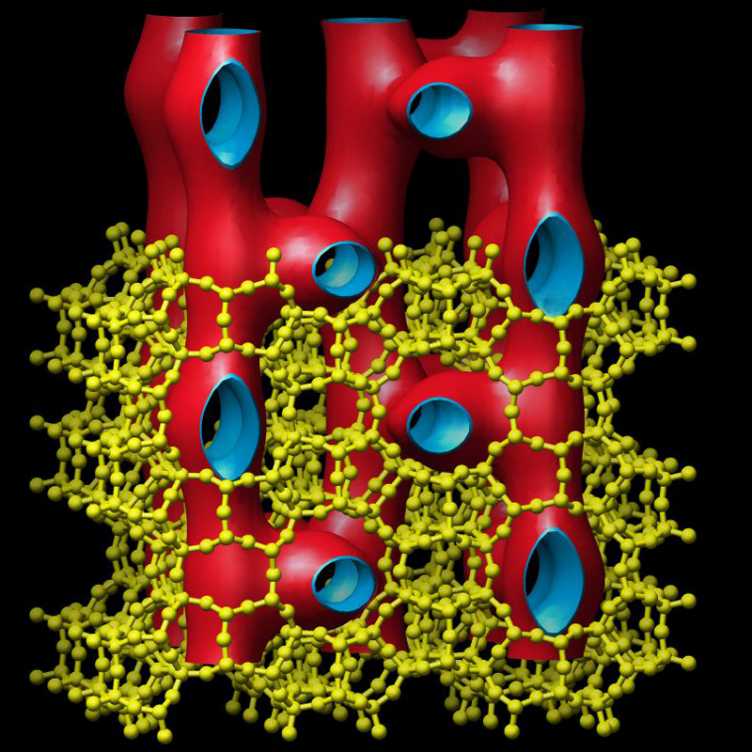Structure of the Polycrystalline Zeolite Catalyst IM-5 Solved by Enhanced Charge Flipping
A synthetic zeolite has guarded the secret of its structure for ten years. ETH Zurich scientists have now successfully elucidated the mineral’s complicated makeup. This feat will inspire research into other complex crystal structures.

A research team led by Dr. Christian Baerlocher and Dr. Lynne McCusker from the Laboratory of Crystallography of ETH Zurich has succeeded in solving the structure of the zeolite IM-5, which was first synthesised about ten years ago. However its makeup is so complex that its structure could not be clarified until now. This was mainly because IM-5 is available only in powder form as crystals smaller than one thousandth of a millimetre. All that researchers were able to infer from catalytic test reactions in 2000 was a rough picture of IM-5’s pore system. The paper by Baerlocher and his colleagues was published in Science [1] on Friday 23 February 2007.
1. Baerlocher, C. et al. (2007): Structure of the Polycrystalline Zeolite Catalyst IM-5 Solved by Enhanced Charge Flipping. Science Vol. 315, pp 1113-1116
